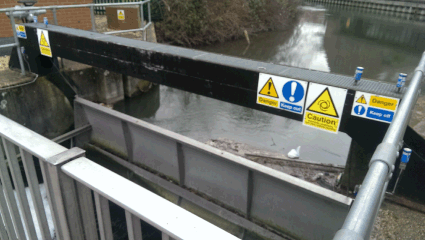As springtime approaches, the longer daylight hours and milder weather are likely to encourage an increase in recreational sports and activities on and around inland waterways. Many will dust down their clothing and equipment, which has been stored for the winter, and with much enthusiasm and vigour will embark on activities such as angling, climbing, walking or running, cycling, rowing, canoeing or kayaking, swimming, sailing, water skiing, wind surfing and sub-aqua.

However, there are risks and hazards associated with such pursuits, and these can be escalated if combined with an intake of alcohol, which can lower inhibitions, and temporarily inflate belief in ability or prowess. Over a quarter of deaths from drowning occur in rivers, lakes, reservoirs, old quarry workings or canals, as reported in the latest WAid statistics for 2011.
Besides these fatalities, there are risks of a wide range of injuries from following the pursuits outlined above. These can include sprains or strains, fractures, crush injuries, lacerations and cuts from slides, slips, trips, tumbles and falls on damp banks, uneven surfaces on towpaths, or from rocky outcrops. Hyperthermia can result from immersion in deep, low temperature water, or from strong currents. Other injuries can be from poisoning or chemical burns from polluted water, collisions with underwater obstacles, entanglement in underwater vegetation, difficulties caused by breakdown of or ill maintained equipment, inadequate training or supervision, or from ill-health.
Matters can be made worst when some of these waterways are in remote locations, or locations with limited accessibility, and where signals for mobile phone are poor or non-existent, increasing the dangers by delaying the response time from emergency services.
To assist in providing a safe water experience, Label Source supply a range of health and safety signs to ISO 20712-1: 2008 Water signs and beach safety, as well as our general ranges of hazard warning signs and general prohibition signs, which warn the general public and workforce of water related dangers.